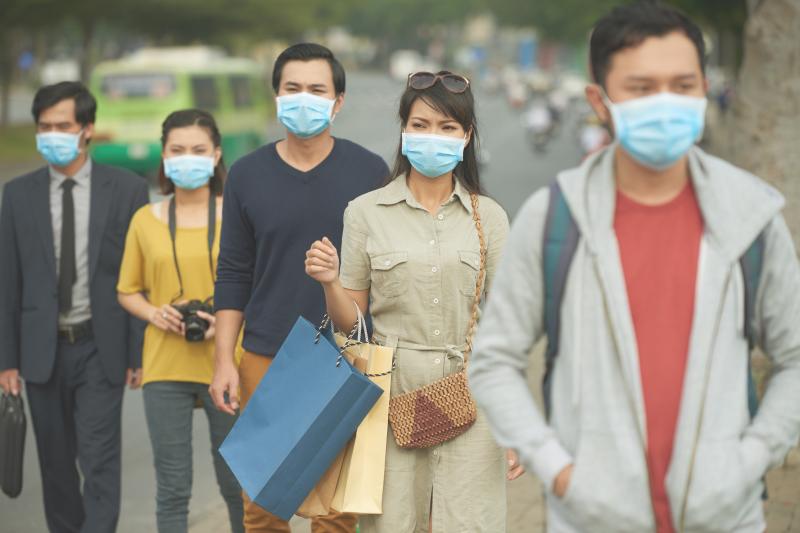
Lack of resources, competing national priorities and a high turnover of healthcare workers hamper many countries in their efforts to combat the 2019 coronavirus disease (COVID-19) pandemic, reveals a study.
“Only half of the countries analysed in this study have the provision for adequate resources for emergencies, and these countries are mostly either high-income or middle-income countries,” the researchers said. “Urgent action is needed to ensure that capacities are in place to prevent and manage health emergencies.”
Eighteen indicators from the International Health Regulations (IHR) State Party Annual Reporting (SPAR) tool and associated data from national SPAR reports were used to generate five indices: (1) prevent, (2) detect, (3) respond, (4) enabling function and (5) operational readiness. SPAR 2018 data were used for all indicators.
Countries were then categorized into five levels across these indices: level 1 indicated the lowest level of national capacity and level 5 the highest. Data at the regional level were also analysed using the six geographical World Health Organization (WHO) regions.
A total of 182 countries were included in the analysis, of which 52 (28 percent) had prevent capacities at levels 1 or 2, and 60 (35 percent) had response capacities at levels 1 or 2. Less than half of these countries had level 4 or 5 prevent (n=81; 45 percent) and response (n=78; 43 percent) capacities, signifying their operational readiness. [Lancet 2020;doi:10.1016/S0140-6736(20)30553-5]
Several countries (n=138; 76 percent) scored more highly in the detect index than in other indices. Effective enabling functions for public health risks and events, including infectious disease outbreaks, were lacking in 44 (24 percent) countries (level 1: n=7; 4 percent; level 2: n=37; 20 percent). On the other hand, more than half (n=102; 56 percent) had enabling function capacities at levels 4 or 5 in place.
Thirty-two (18 percent) countries had low readiness (level 1: n=2; 1 percent; level 2: n=30; 17 percent), and 104 (57 percent) were operationally ready to prevent, detect and control an outbreak of a novel infectious disease (level 4: n=66; 36 percent; level 5: n=38; 21 percent).
The response capacity of a country depends on the strength of its emergency preparedness and the regular testing and updating of national plans and capacities, according to the WHO. [apps.who.int/gpmb/assets/thematic_papers/tr-2.pdf]
On the other hand, an effective response to an outbreak relies on the availability of adequate human resources and financing, as well as on the ability to manage emergency logistics, such as the handling of supply chains for essential products that are required during an emergency.
“Our findings show that many countries need support to achieve these capacities and increased support should be provided as a global priority action to strengthen health security,” the researchers said.
“Our findings on operational readiness capacities and enabling function, which are low in many low-resource countries, underline the importance of increasing investments in scaling up IHR capacities, as described in the 2019 annual report of the Global Preparedness Monitoring Board,” they added. [apps.who.int/gpmb/assets/annual_report/GPMB_annualreport_2019.pdf]